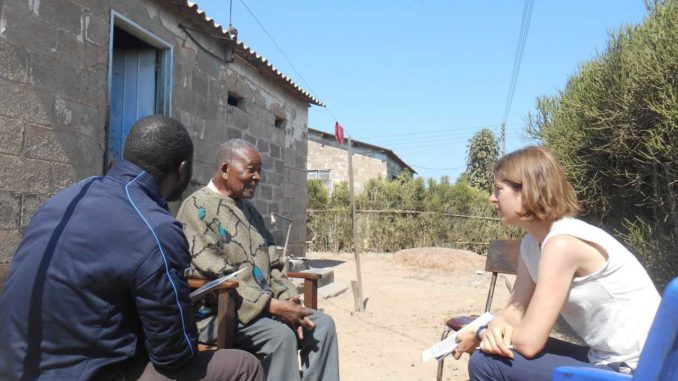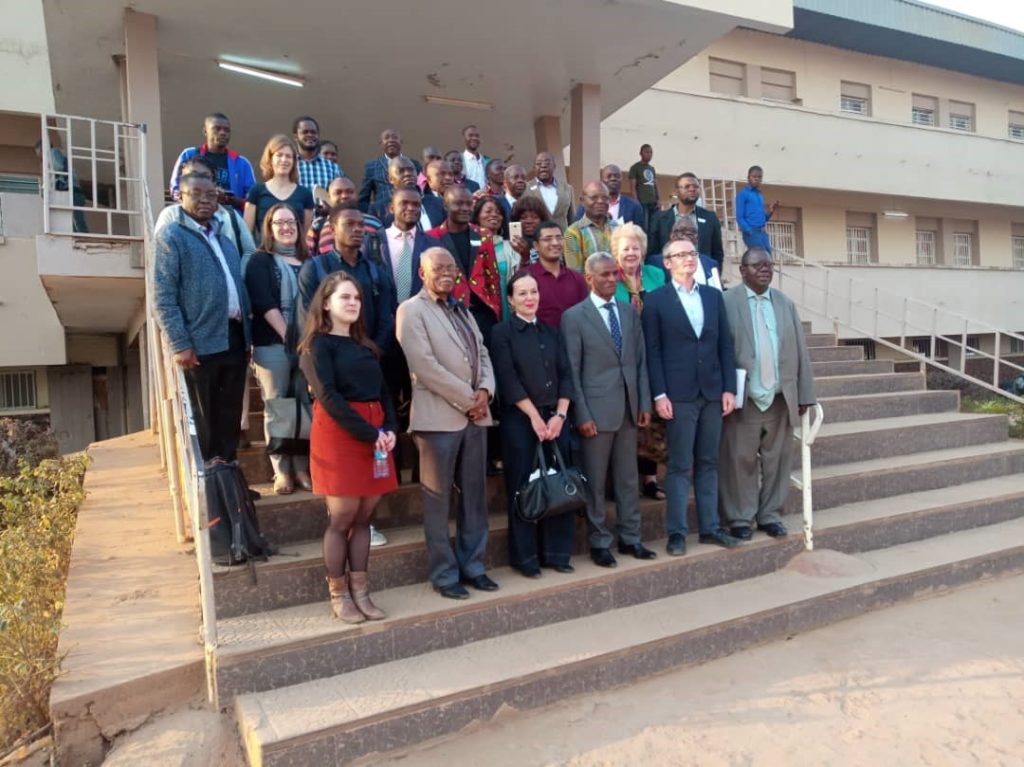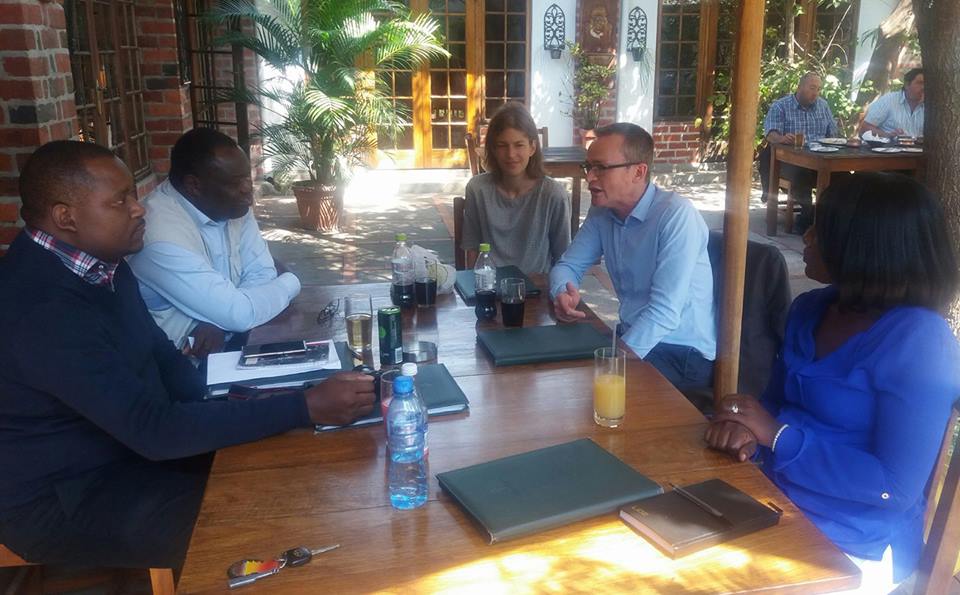
The ending of the ‘Comparing the Copperbelt’ project at the end of September 2021 provides an opportunity to reflect on the project’s achievements as well as its limitations. The project has successfully generated new knowledge, understandings and interpretations of the recent history of this important and much studied region of Central Africa. Our research has shed light on neglected areas of Copperbelt history, shifting attention from the formal relations between mine companies and their workforce to the wider social, economic and cultural relationships that united and divided what we now understand to be a far more diverse community, much of which made its living outside the mining complex. By comparing urban societies on both sides of the Zambia-DR Congo border, we have revealed commonly held aspects of regional Copperbelt identity, compared shared but parallel experiences of its communities, and identified specific divergences between the Zambian and Congolese copperbelt that the project has then sought to historicise.

In historicising the production of academic and/or official knowledge about the region, the project has advanced our understanding of the ways in which this intellectual activity, shaped by the political context in which it occurred, changed over time and varied in its representations of the Congolese and Zambian parts of the region. And in bringing such official knowledge into conversation with popular forms of knowledge and understanding about the Copperbelt (including political pamphlets, speeches and protests, but also letters written to agony aunts, popular songs and paintings) produced and articulated by the region’s residents, we have shown how they can be jointly analysed to reveal a new social history of the Central African Copperbelt in which the production of knowledge is shown to be central to that history.

Perhaps more important than all this, the project has, in producing the latest wave of knowledge about the Copperbelt region, helped enable new possibilities for the more effective sharing and dissemination of the wealth of knowledge about the region among scholars from the Copperbelt, elsewhere in Zambia and the DRC, and the wider world. While certainly not overcoming the historical and structural inequalities that have privileged western and marginalised local voices in the construction and narration of Copperbelt histories hitherto, our cooperation with Congolese and Zambian historians and social scientists has created, they tell us, new opportunities for their perspectives and voices to be better represented in the global academic discourse. The publication of all our written outputs – academic articles and books – in full and permanent Open Access form means we are already receiving positive and critical feedback from academic and popular readers in the Copperbelt, something we hope will sustain the project’s impact long after its completion.

It must nonetheless be acknowledged that there are severe limitations in the extent to which the project has documented the wider nature of Copperbelt social history. As one example, the failure to conduct research in the region’s peri-urban and rural areas, and in the many areas in both countries linked to it via migration and remittances, means that the project has failed to sufficiently contextualise the supposedly ‘urban’ character of the region. By not providing a fuller analysis of the religious beliefs and practices of Copperbelt residents, we may rightly be accused of neglecting a central aspect of their worldviews. Our accounts of the region’s cultural and environmental histories, while groundbreaking in some respects, have arguably only scratched the surface of important themes that deserve -and will hopefully receive – fuller intellectual attention. We can only hope that, as the inherently provisional findings of our research are, in the fullness of time, swept away by better future historians of the Central African Copperbelt, our work will provide some solid ground on which they may stand.
